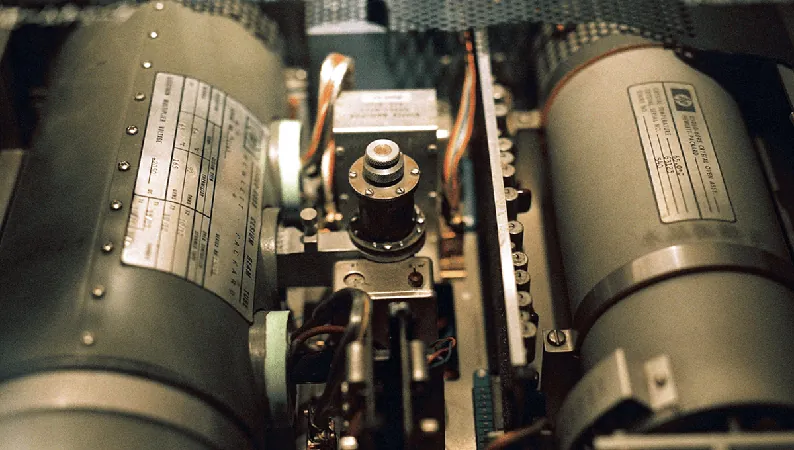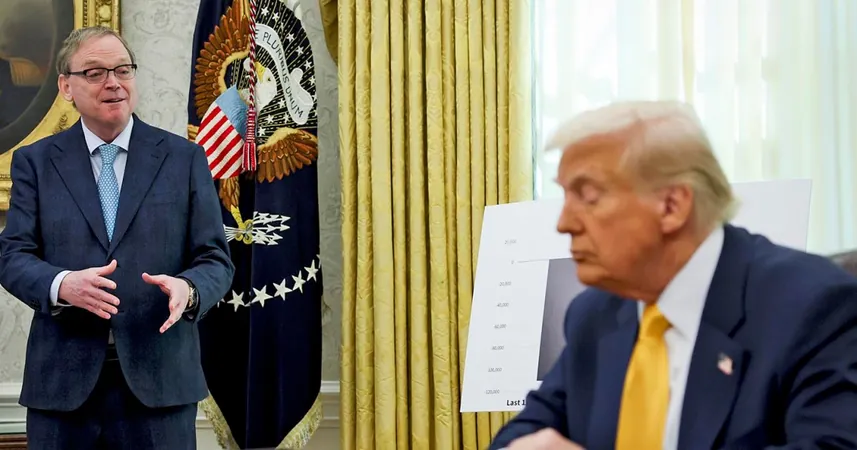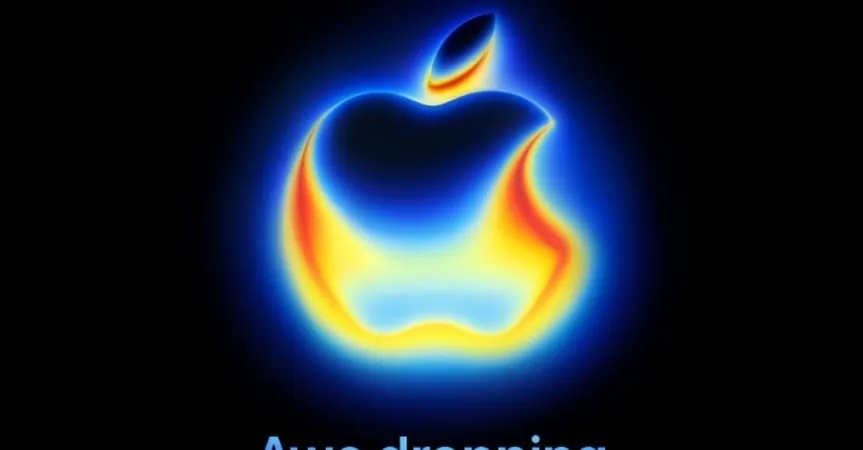
Groundbreaking Experiment with Entangled Atomic Clocks Could Unravel the Theory of Everything!
2025-07-26
Author: Yan
The Clash of Giants: Quantum Mechanics vs. General Relativity
In the realm of the minuscule, quantum mechanics reigns supreme, redefining our understanding of the atomic and subatomic universe. Meanwhile, general relativity, crafted by the brilliant mind of Albert Einstein in 1915, gives us our finest insights into the force of gravity. Yet, here lies the predicament—these two formidable theories are at odds with each other!
Why Can’t They Just Get Along?
Imagine a world where point particles don’t exist and the certainty of velocity and position is an illusion. According to physicists Valerio Faraoni and Andrea Giusti, grasping this tension between quantum physics and general relativity is crucial. Their research suggests that any attempt to fuse these theories introduces peculiar inconsistencies, hinting that our grasp on either gravity or quantum mechanics requires refinement.
The Quest for Unity
The dream of bridging spacetime curvature with quantum effects faces intricate challenges. Why? Gravity, it turns out, is a far weaker force compared to its three siblings—electromagnetism, weak nuclear, and strong nuclear forces.
German physicist Sabine Hossenfelder emphasizes that while traditional wisdom suggests that quantum gravitational effects are out of reach for experiments, they may actually come into play for massive objects in quantum superpositions. Measuring the pull of an object occupying dual locations could let us observe if gravity also exists in a quantum state.
A Revolutionary Proposal: Testing Quantum Gravity!
Enter a groundbreaking paper from Igor Pikovski, Jacob Covey, and Johannes Borregaard, who propose a thrilling experiment to explore this fascinating intersection of quantum theory and gravity. They argue that entangled atomic clocks—strategically placed one kilometer apart—could hold the key to unlocking the mysteries of our universe!
How Will It Work?
While in a state of superposition, these atomic clocks will experience varying flows of time due to their different positions in Earth's gravitational field. This unprecedented setup might finally provide us with insights into how quantum mechanics aligns with curved spacetime.
The researchers plan to utilize cutting-edge technologies: optical atomic clocks combined with quantum networks. Their concept revolves around three separate clocks sharing entangled Bell pairs—a revolutionary way to synchronize their operations and measure time differences influenced by gravity.
A Future of Possibilities
Although still a proposal, this experiment could mark a monumental leap toward reconciling quantum mechanics with general relativity. As Pikovski notes, we typically presume quantum theory applies universally—yet we lack definitive proof. If gravity morphs quantum mechanics, that revelation could revolutionize everything we know about physics.



 Brasil (PT)
Brasil (PT)
 Canada (EN)
Canada (EN)
 Chile (ES)
Chile (ES)
 Česko (CS)
Česko (CS)
 대한민국 (KO)
대한민국 (KO)
 España (ES)
España (ES)
 France (FR)
France (FR)
 Hong Kong (EN)
Hong Kong (EN)
 Italia (IT)
Italia (IT)
 日本 (JA)
日本 (JA)
 Magyarország (HU)
Magyarország (HU)
 Norge (NO)
Norge (NO)
 Polska (PL)
Polska (PL)
 Schweiz (DE)
Schweiz (DE)
 Singapore (EN)
Singapore (EN)
 Sverige (SV)
Sverige (SV)
 Suomi (FI)
Suomi (FI)
 Türkiye (TR)
Türkiye (TR)
 الإمارات العربية المتحدة (AR)
الإمارات العربية المتحدة (AR)